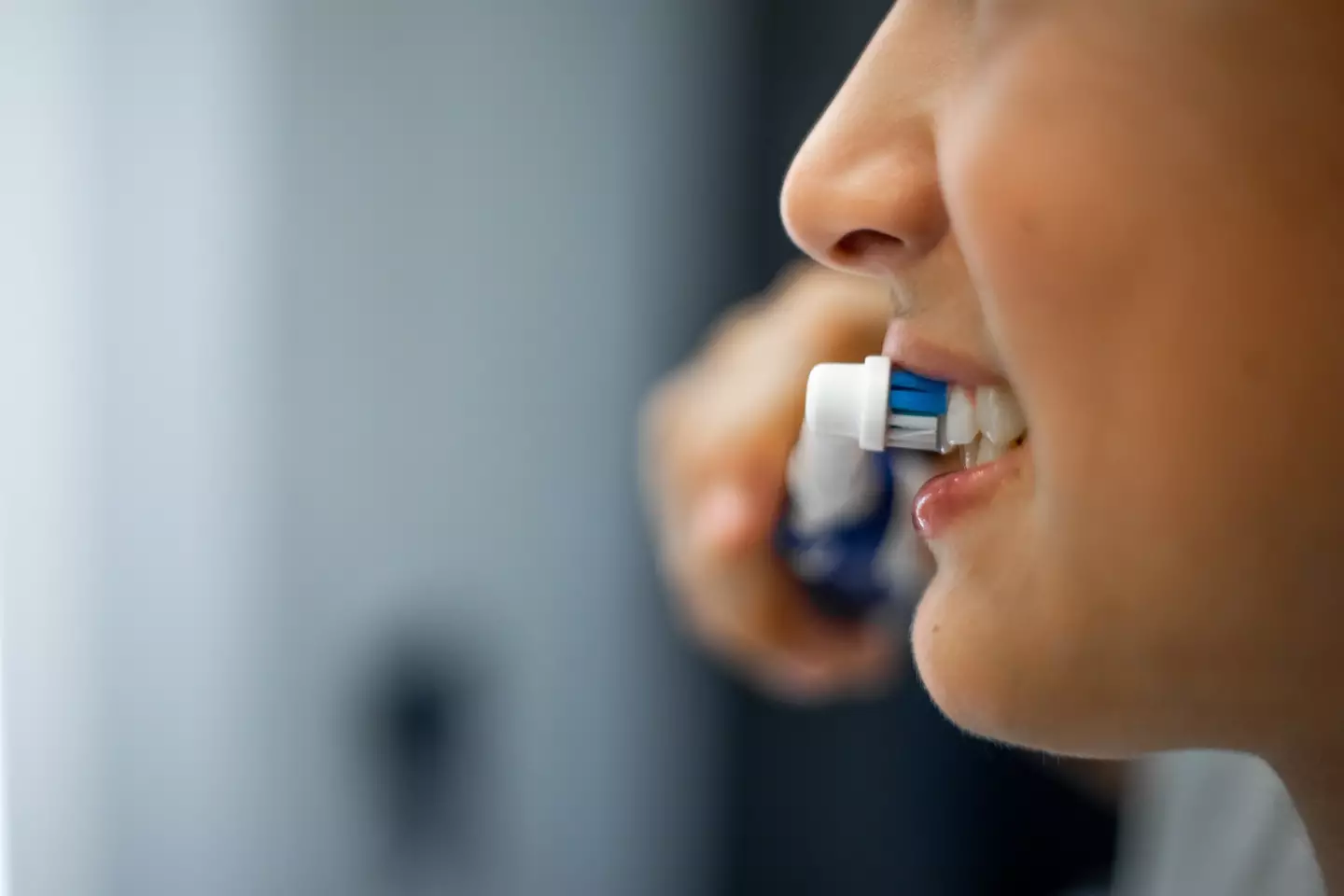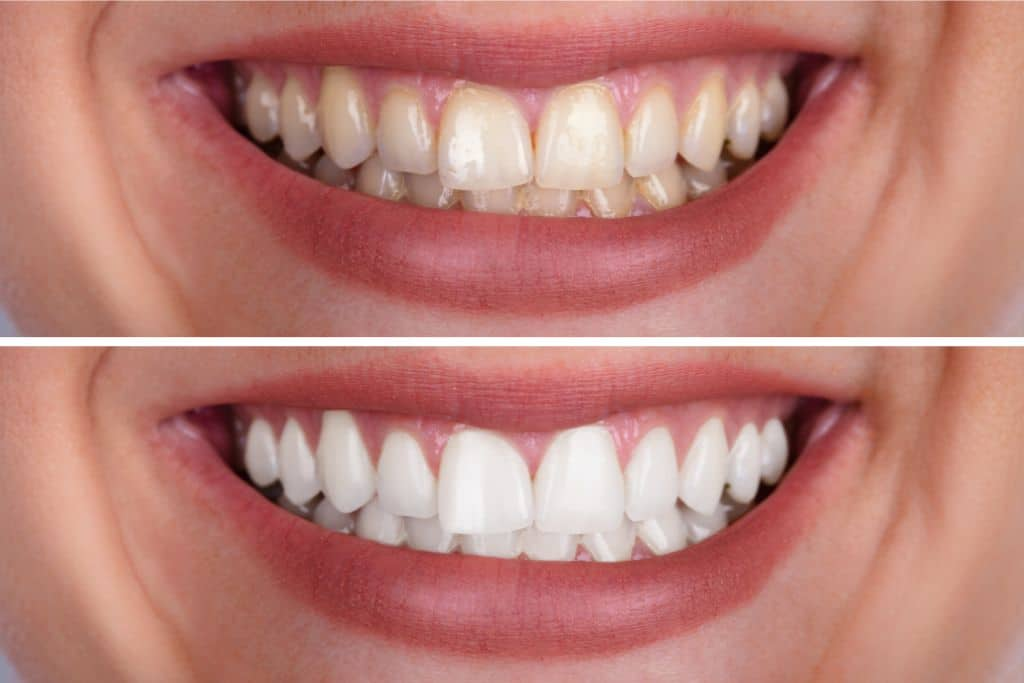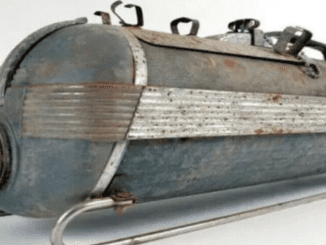Yellow teeth are a common concern for many people seeking a bright, confident smile. Discolored teeth can affect self-esteem and make you feel less comfortable showing your smile in photos or face-to-face interactions. Despite regular brushing and care, a surprising number of people struggle with yellowing teeth, often due to one simple mistake in their brushing routine. Dr. Ferakh Hamid, an experienced UK-based dentist, has revealed the main culprit behind many cases of yellowing teeth and offered advice on how to correct it. Read on to learn about the mistake, the science behind it, and what you can do for a brighter, whiter smile.
The Surprising Mistake: Brushing with a Dry Toothbrush
.webp)
You might think that brushing thoroughly is all it takes to keep your teeth white, but Dr. Hamid explains that applying toothpaste to a dry toothbrush could be doing more harm than good. The issue? A dry brush doesn’t allow the toothpaste to spread evenly across your teeth, meaning it doesn’t do as effective a job cleaning away plaque and stains. Additionally, brushing without water makes it easy to apply too much pressure, which can damage the enamel over time.
According to Dr. Hamid, water acts as a lubricant for your teeth, helping the bristles and toothpaste glide smoothly across the surface. When the bristles are dry, they tend to be harsher on your teeth and gums, potentially causing irritation and even leading to enamel erosion. Enamel is the protective outer layer of your teeth, and once it wears down, your teeth can appear yellow due to the dentin layer beneath.
Why Water Matters: The Lubricating Power of Wet Bristles
Wet bristles may seem like a minor detail, but they make a big difference in your brushing experience. Dr. Hamid explains that water softens the bristles, making them gentler on both teeth and gums. This gentler touch is crucial for maintaining healthy enamel, as brushing too hard or with stiff bristles can wear away the enamel and expose the yellowish dentin underneath.
Furthermore, water helps the toothpaste spread more effectively across the entire surface of each tooth. This ensures a more thorough clean, reaching every corner and preventing plaque buildup that can lead to yellowing. Dr. Hamid emphasizes that it’s not just about making the bristles softer—it’s also about enhancing the performance of your toothpaste so it can work to its full potential.
The Impact of Acidity: Why You Shouldn’t Brush Right After Eating
Another critical point to consider is timing. Dr. Ezzard Rolle from Columbia University explains that brushing right after eating acidic foods or drinks can actually worsen the discoloration of your teeth. Acidic substances like tomatoes, citrus fruits, soda, and wine temporarily soften the enamel, making it vulnerable to erosion. Brushing while your enamel is in this weakened state can wear it down faster, leading to a dull, yellowish appearance over time.
Dr. Rolle recommends waiting at least 30 minutes after consuming acidic foods or drinks before brushing. This gives your enamel a chance to remineralize naturally. In the meantime, rinsing your mouth with water or drinking a glass of water can help neutralize the acids, beginning the remineralization process and protecting your teeth.
Toothbrushing Tips for Whiter Teeth and Healthier Gums
Achieving a whiter smile doesn’t require an elaborate routine, but following a few best practices can make a significant difference in preventing yellowing and promoting overall oral health. Here’s a simple guide to help you brush effectively:

- Wet Your Toothbrush First: Wetting the bristles softens them, making brushing gentler on your enamel and gums. It also helps distribute the toothpaste evenly, maximizing its cleaning power.
- Angle Your Brush Correctly: Dr. Rolle suggests holding the toothbrush at a 45-degree angle to the gums. This allows you to effectively clean along the gum line, where plaque tends to accumulate and cause discoloration.
- Brush Gently and Slowly: Scrubbing too hard can damage enamel, leading to sensitivity and discoloration. Use gentle, circular motions to brush your teeth thoroughly without causing harm.
- Choose the Right Toothpaste: Whitening toothpaste can help, but it’s important to choose one with fluoride, which strengthens enamel. Avoid abrasive whitening pastes, as they can erode enamel with prolonged use.
- Wait Before Brushing After Eating: If you’ve consumed anything acidic, wait at least half an hour before brushing. This will give your enamel time to recover and prevent acid-related damage.
Common Mistakes in Oral Care That Lead to Yellowing
While brushing with a dry toothbrush and brushing immediately after acidic foods are significant factors in yellowing, there are other common habits that can impact the color of your teeth:
- Using Hard-Bristled Toothbrushes: Hard bristles can strip away enamel over time. Switching to a soft-bristled brush helps protect your teeth while still providing a thorough clean.
- Skipping Flossing: Plaque can accumulate between teeth, leading to discoloration in those areas. Daily flossing prevents buildup and maintains the natural brightness of your smile.
- Neglecting Regular Dental Checkups: Professional cleanings remove stains and plaque that regular brushing may miss. Aim to visit your dentist at least twice a year for optimal oral health.
The Importance of Good Oral Hygiene Habits for Long-Term Whitening

Maintaining a white, healthy smile is a matter of consistency and adopting small yet effective habits. By wetting your toothbrush, brushing at the right times, and using gentle techniques, you can prevent enamel erosion and protect your teeth from yellowing. Additionally, integrating regular dental visits, using fluoride toothpaste, and avoiding highly acidic foods can further support your whitening efforts.
Good oral hygiene habits aren’t just about aesthetics—they’re essential for long-term health. Yellowing can indicate weakened enamel, which makes teeth more susceptible to decay and damage. A few small changes to your daily routine can help you keep your smile bright and healthy for years to come.
Conclusion: A Simple Fix for a Brighter Smile
In the quest for a whiter smile, small adjustments can lead to significant improvements. Wetting your toothbrush before use, brushing at the right time, and being gentle on your teeth can prevent the common mistake of enamel erosion and yellowing. By following Dr. Hamid’s and Dr. Rolle’s expert advice, you can protect your enamel, avoid unnecessary discoloration, and enjoy a healthier, brighter smile.
So, next time you pick up your toothbrush, remember to give it a quick rinse. This one simple change could be all it takes to keep your teeth looking their best.


